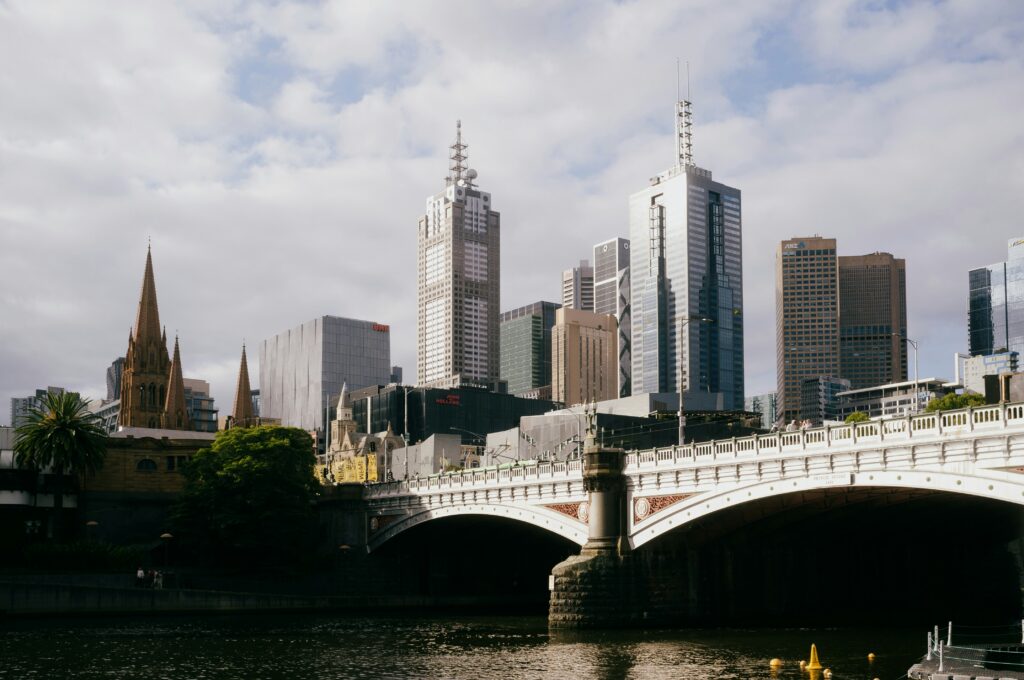In our last update, we talked about private credit having its moment in the sun.
In this update, we look at the late 1980s and the pivotal decision of La Trobe Financial to enter retail asset management at that moment. The question of when a manager began a strategy, and why, matters. Because for those of us who have been around long enough, you’ll recognise that there’s nothing new under the sun.
The late 1980s wasn’t just shoulder pads and fluoro clothes.
Here in Australia, the State Bank of Victoria and Pyramid Building Society were struggling to stay afloat, and each would ultimately fail the following year. There are some common characteristics of each which informed our thinking as we for the first time approached individual investors.
The State Bank of Victoria, through its subsidiary Tricontinental, had abandoned any notion of asset quality in growing its merchant banking book with concentrated exposures across high profile borrowers who ultimately defaulted. Likewise, Pyramid suffered huge losses with exposures to speculative, undiversified assets which were taken on in an ongoing bid for growth. Each was characterised by a lack of quality, a lack of transparency, a lack of diversification, and structures which were not fit for purpose.
How did this inform our thinking?
In 1989, La Trobe Financial was already 37 years in business. To future-proof the business, it determined to complement existing institutional funding by entering retail asset management. We wanted only assets and structures which would perform in good times, as well as bad.
What worked?
- Quality assets
It remains clear to this day that it is the quality of the assets in the portfolio which drive the long-term performance for investors. So select quality assets, suitably diversified, to perform across all market cycles.
- Quality structures
If the quality of the assets provide the performance, it’s the structure of which drives outcomes, particularly when things go wrong. Ensure asset-liability matching is considered, that they are simple and ‘make sense’. In what should be a simple sector, complex structures should be a red flag.
- Transparency
Sunlight is the best disinfectant. How different would these failures have been if the wider market had been easily able to view, understand, and analyse asset and portfolio performance? All managers should look to continually raise the bar in transparency, to support a well-informed market.
This seemingly simple approach has served us well. Our flagship 12 Month Term Account, for example, was one of the few funds in our sector which did not freeze or fail during the GFC. Each of our portfolio accounts have performed flawlessly across all market cycles since inception, which date from 1989 and extend right through to today.
Today, much of the noise around private credit reminds us how there’s nothing new under the sun. Concerns around asset quality and structures as newer market entrants join and grow. Funds which entered the market in ‘good times’ have grown rapidly without a track record of navigating crises.
No fund is guaranteed to be successful, however all funds can be established in a way to deliver the best chance of success. And it’s simple. Begin with quality assets, operate them within quality structures, and let the world know what’s going on in your portfolios.
Let’s return to the question of when a manager began, why, and how that matters.
We began in a period of great volatility, with lessons abounding in what not to do. And our entry into retail asset management, servicing individual investors, was not to simply capitalise on a trend with a ‘me-too’ strategy. We entered retail asset management to provide a sustainable, low volatility complement to an existing, decades-long programme, fully cognisant of the risks of getting it wrong.
This matters, and it informs our thinking to this very day.
La Trobe Financial Asset Management Limited ACN 007 332 363 Australian Financial Services Licence No. 222213 Australian Credit Licence No. 222213 is the responsible entity of the La Trobe Australian Credit Fund ARSN 088 178 321. It is important that you consider the Product Disclosure Statement (PDS) when deciding whether to invest or continue to invest in the fund. The PDS and Target Market Determinations are available on our website.
Any advice is general and does not consider your personal circumstances. Past Performance is not a reliable indicator of future performance.


